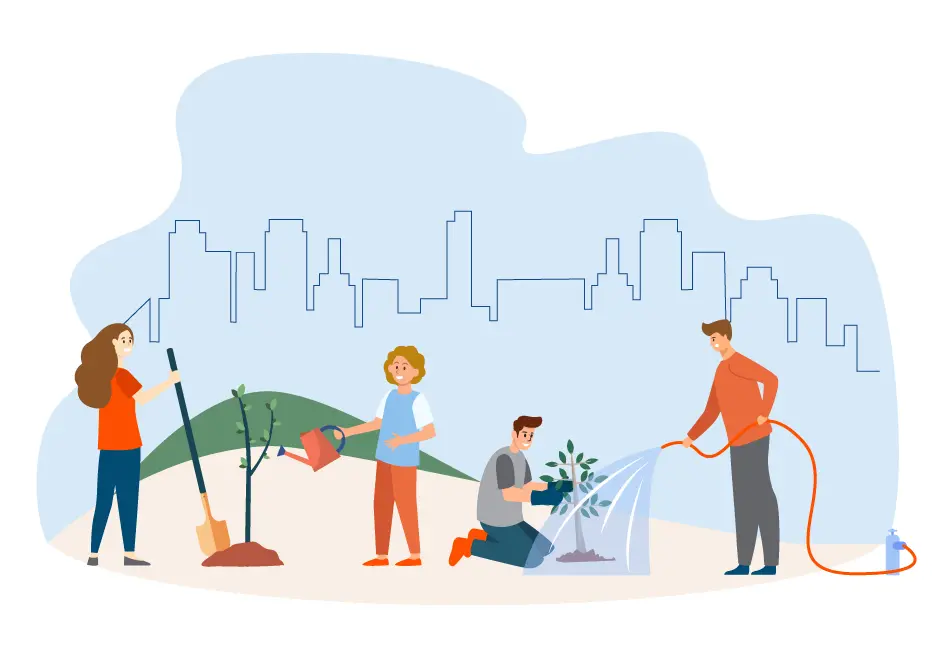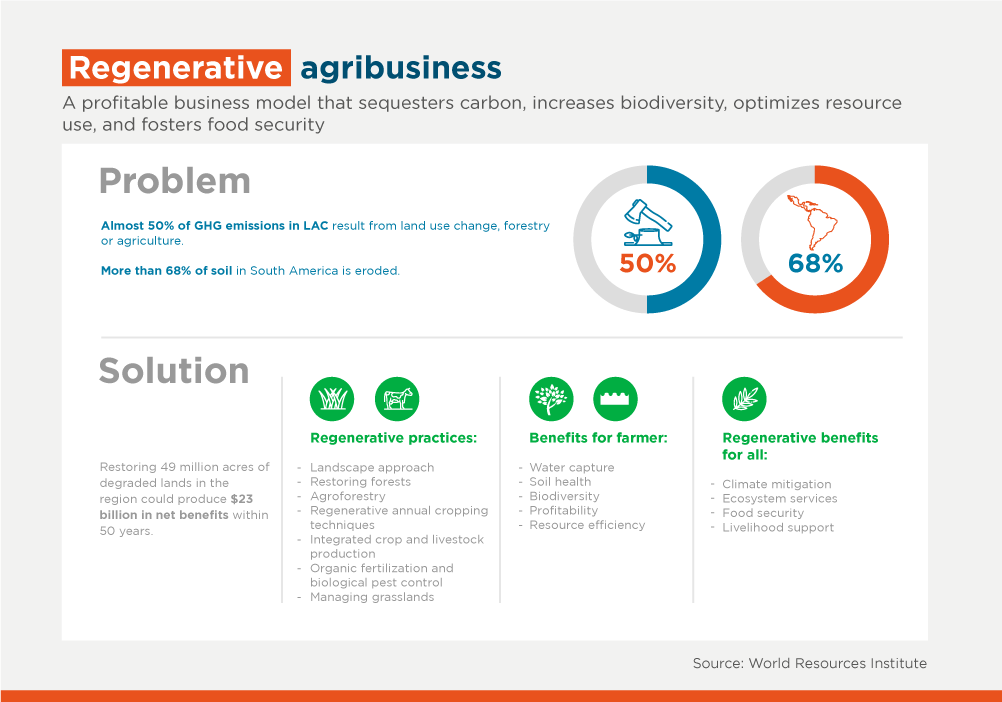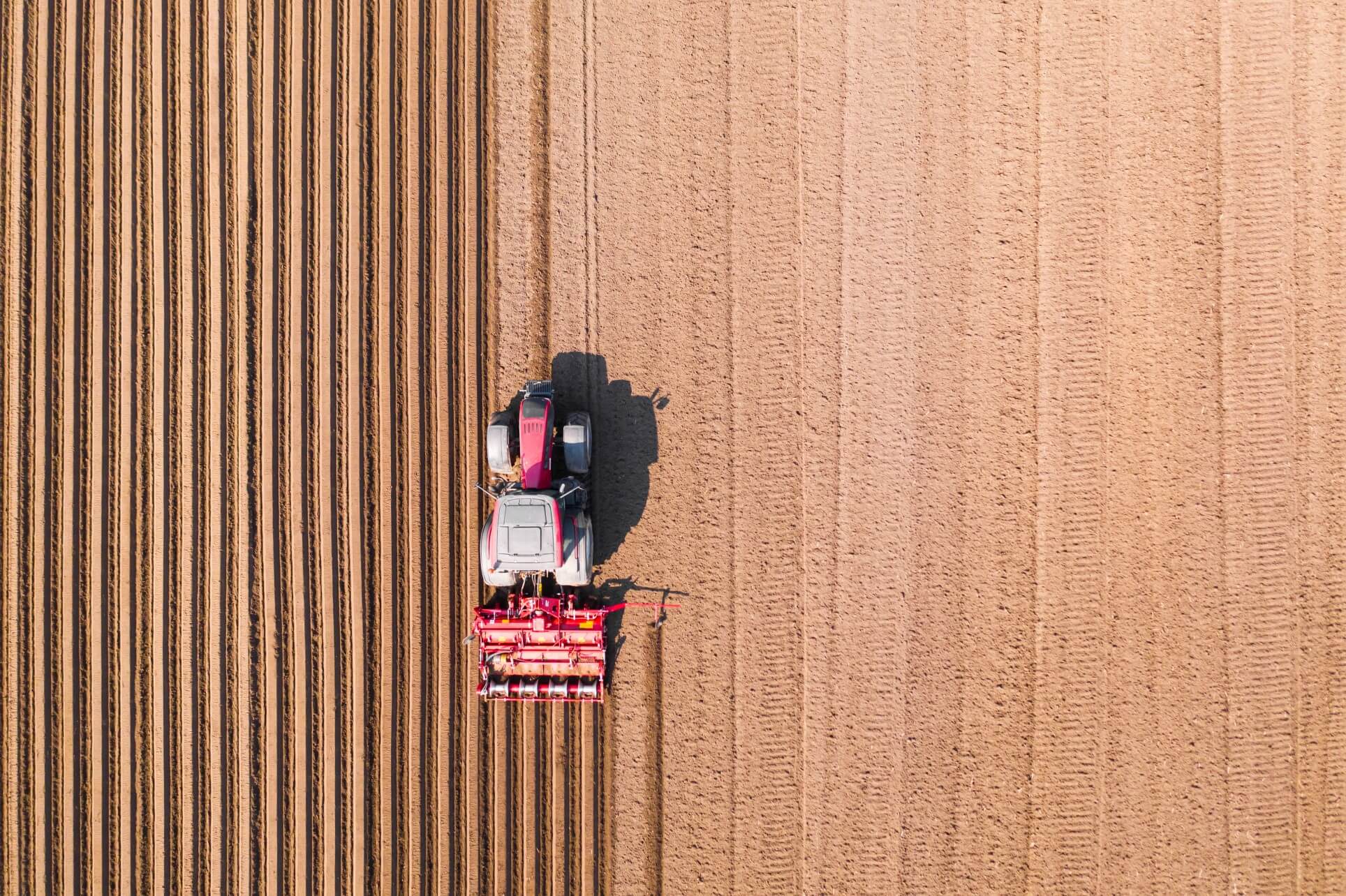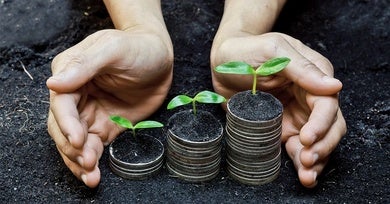Regenerative Agriculture Offers Fresh Solutions for Latin America & the Caribbean

Regenerative agribusinesses can catalyze ecological restoration, carbon sequestration and food security whilst driving job creation and supporting livelihoods.
Regenerative agriculture goes beyond sustainable. It comprises holistic management that fosters soil regeneration, increased productivity and biological diversity, animal welfare, as well as farm and community economics. Due to land degradation, unless new practices are adopted, the amount of arable land per person in 2050 will be only a quarter of that in 1960. Fighting soil erosion and increasing carbon sequestration in soil is one of the most significant ways to reverse climate change and guarantee food security.
Leaders in the market are committing to regenerative agriculture. Food and fiber companies such as Danone, Happy Family, General Mills, Patagonia, Dr. Bronner and Timberland are investing in research, supporting farmers and ratcheting up sustainability practices throughout their supply chain. In Latin America and the Caribbean (LAC), companies such as Sol Simple, Guayaki and Rizoma Agro are setting the example of successful regenerative models in the region. Certification and methodologies are also being developed to guide regenerative practices, such as the Regenerative Organic Certification and Savory Institute’s EOV.

IDB Invest is committed to investing in reversing. The bank will continue supporting sustainable land use and seeks to be the partner of choice for investing in innovative regenerative business models in LAC.
Advisory services provided by IDB Invest bring forth trailblazing knowledge for clients to overcome barriers to understand, design and adopt innovative business models. Appraisals for state-of the art ag-tech and sustainable practices, as well as capacity building activities can foster the implementation and scalability of robust projects. Advisory services can also provide insights on the impact and added value of regenerative agribusinesses through market analysis and feasibility studies.
Blended Finance at IDB Invest plays a key role in shaping the path to get there. In 2019, IDB Invest closed, with Global Environment Facility (GEF) blended finance resources, a 14-year financing deal with Pinosa SRL de CV and Resinas Sintéticas SA de CV to fund Ejido Verde, their subsidiary, a regenerative strategy initially developed as an internal project, to scale the reforestation of degraded lands with native pine trees to strengthen the pine resin supply chain of the parent companies, while creating a recurring source of income for indigenous communities and ejidos that work these communal lands. IDB Lab, with Green Climate Fund (GCF) concessional resources, last year completed a second round of funding directly to Ejido Verde, to consolidate its operations and growth.
Also in 2020, IDB Invest closed, also with GEF blended finance resources, a $3.1 million 12-year financing to Agrocacay, S.A.S. to plant and maintain more than 100,000 cacay nut trees, a native species to Colombian Orinoquía. This transaction promotes climate change mitigation and adaptation, by reforesting degraded lands while promoting the development of a new industry for a native nut and its derivative products.
Long production cycles for trees to reach maturity (10 years for pine trees or 13 years for cacay trees, for example), and complex land ownership schemes (such as ejidal land, which typically has communal ownership) require innovative financing schemes that can provide the comfort needed to manage higher leverage and limited profitability while plantations are in development and before projects start generating the expected cash flows.
Both transactions are examples of how blended finance resources can be leveraged to support innovative business models that promote reforestation and sustainable land use to preserve biodiversity and native species. Blended finance resources allow for an adjusted risk/return profile for the transaction, matching the cash flow generation profile of the underlying assets, offering alternative structures to adjust for the higher up-front leverage or the absence of hard collateral.
The availability and efficient use of blended finance resources can unlock additional private investment in regenerative strategies that go beyond sustainable land use. These resources can support projects with higher risk-return profiles, because of higher up-front investments before they can demonstrate their long-term growth potential, lack of adequate collateral due to land ownership issues, or lack of information or track record in the market.
IDB Invest is committed to leverage its blended finance resources and advisory services to pilot, replicate and scale projects with innovative practices and business models that can lead the way to regenerative agriculture.
LIKE WHAT YOU JUST READ?
Subscribe to our mailing list to stay informed on the latest IDB Invest news, blog posts, upcoming events, and to learn more about specific areas of interest.
Subscribe


